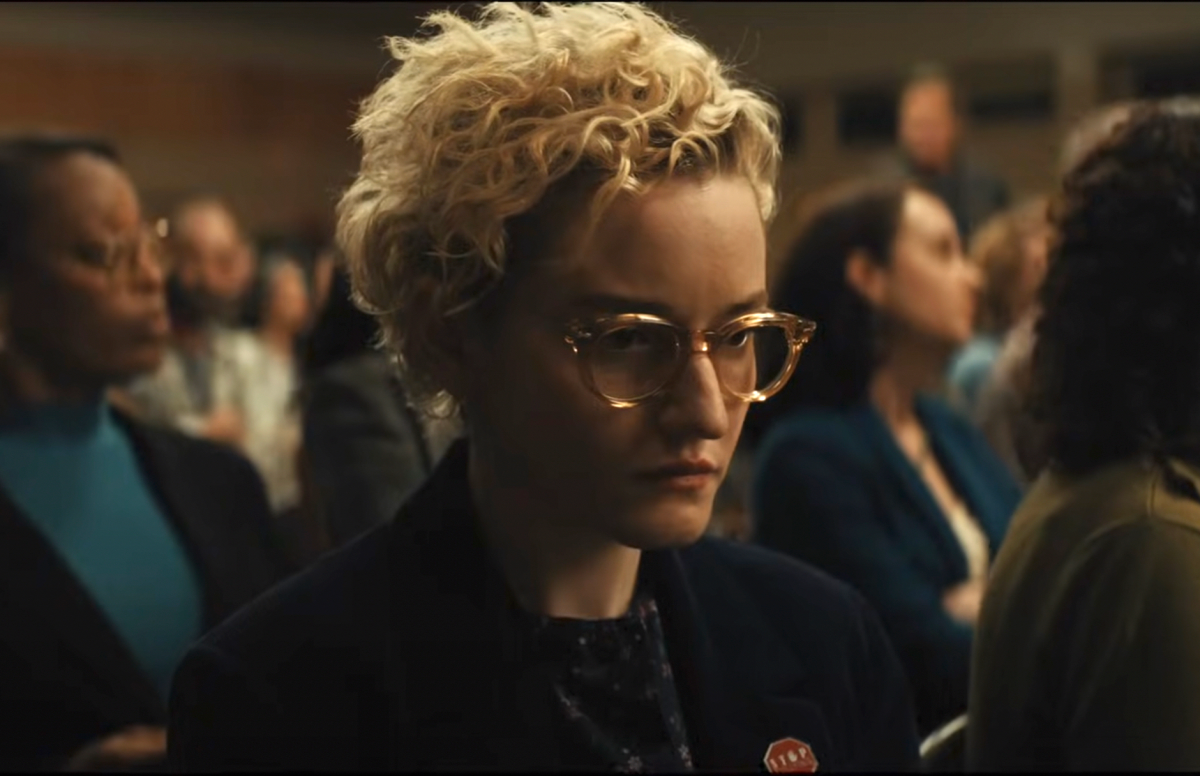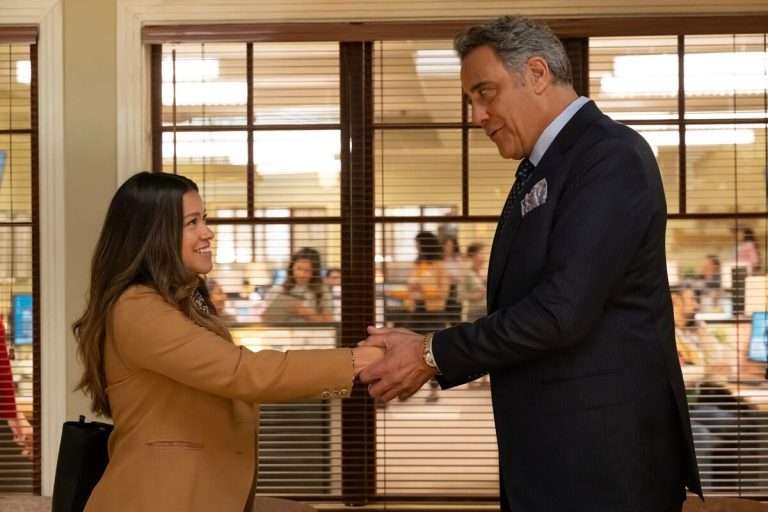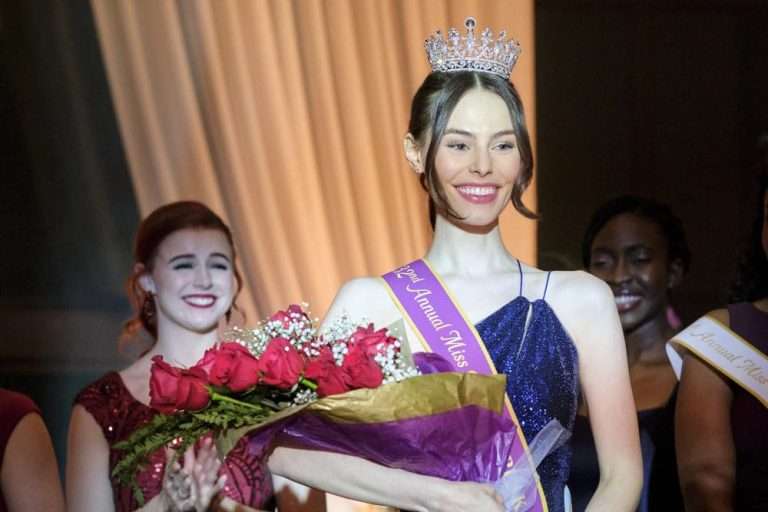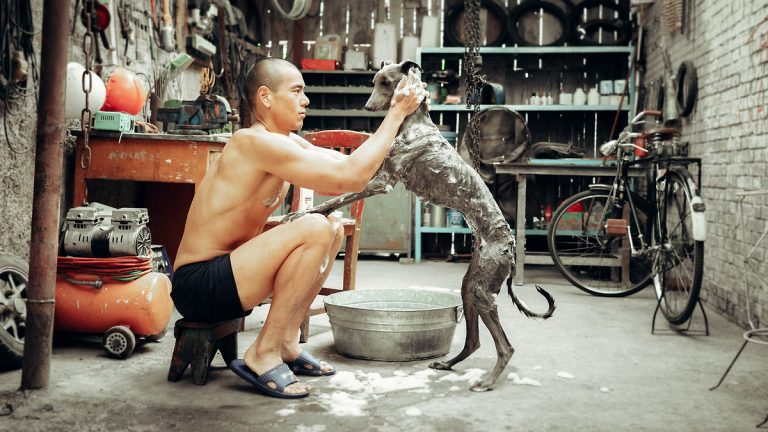Zach Cregger’s Weapons (2025) is not just a horror movie. It is a somewhat unsettling look at how the American Dream, an idea that anyone can build a safe, happy, and successful life through hard work is under attack by many forces in the real world. The title ‘Weapons’ does not only mean guns or knives, but the ideas, systems, and people who exploit others. They can be fear, lies, addiction, greed, and corrupt authority.
Cregger cleverly uses horror and supernatural elements to show how these “weapons” work in our society and how they slowly destroy hope, innocence, and trust. Through the strange and terrifying story of missing children, and a town torn apart by paranoia, Cregger paints a picture of a country where the dream has turned into a nightmare, not because of one big villain, but because of many small and large weapons working together.
In this column, I explore how Zach Cregger uses horror to reflect America’s real-life fears, flaws, and the forces breaking the promise of a better life.
The Disappearance of Innocence
The film opens with a shocking scene: at exactly 2:17 a.m., seventeen third-graders quietly leave their homes and vanish into the night. No one knows why. The police have no answers. Parents are crushed with grief and left desperate for the truth. This is the first big “weapon” Cregger shows us – the loss of innocence. The children represent the future, hope, and possibility.
When they disappear, it is like the American Dream for their families disappears too. In real life, this echoes how communities across America have lost children to violence, drugs, trafficking, and other tragedies. – so much so that numerous times these families never get closure. In this way, the missing children are not just part of a horror plot but a symbol of a society where safety and hope are no longer guaranteed.
Beyond Guns: The Many Forms of Weapons
When we hear the word “weapons,” we usually think of guns. Guns do appear in the movie, and there’s even a haunting dream sequence where we see a big gun hovering over a house like some sort of red-hearing. This visual is important. The scene reflects how gun violence has become a constant shadow in American life.
It’s not just about actual shootings but also about living with the fear that they can happen anywhere, even in schools – a place that is suppose to shelter the minds of the next generation. This fear itself becomes a weapon that changes how people live and think. But the “weapons” in the movie are not just physical. Zach shows that power, belief systems, money, and manipulation can also be weapons and sometimes more dangerous than guns because they work quietly.
Gladys: The Face of Manipulation and Greed
*spoiler warning* One of the most disturbing characters in the story is Aunt Gladys – a dying witch who lives off the lives of innocent, vulnerable people. She doesn’t grab a sword or point a gun. Instead, she uses her charm, hypnosis, and rituals to control people. Gladys is a perfect example of how manipulation can be a weapon. She uses Alex, a young boy, to collect personal items from his classmates. He thinks he is protecting his parents, but in reality, he is helping her bring the children under her control.
In real America, “Gladys” can be seen in the form of powerful people, organizations, or political groups who exploit fear and ignorance to keep control. They target the vulnerable, offering false promises while taking everything from them. This might be media spreading false narratives, leaders using religion to push agendas, or corporations feeding on people’s desperation. Her magic may be supernatural in the movie, but the methods are very real.
Corruption in Authority: Another Weapon Against the Dream

The film also talks about police corruption and the failure of institutions. Paul, a police officer, is supposed to protect people, but he makes terrible choices. He assaults a drug addict named James, covers it up, and then gets tangled with Gladys’s house of horrors. This shows another kind of weapon: unaccountable authority.
When people in power act in their own interest instead of serving the public, they weaken trust in the whole system. The American Dream depends on fairness and justice, but when the police, schools, or government fail, that dream begins to rot. The movie also shows how those in power can cover up problems instead of fixing them, especially when the truth would make them look bad. This is a weapon that works in silence, but it kills hope just the same.
Related Read: 10 Great Movies that Critique and Celebrate the Soul of America
Addiction: The Weapon That Breaks Lives Quietly
Through James, the movie also shows how drug addiction can destroy lives. James breaks into Alex’s house because of his addiction, and he becomes a pawn in the unfolding chaos. Addiction is a very real “weapon” in America today. It doesn’t just affect the person using drugs; it hurts families, breaks communities, and clogs the justice system. And often, the public health system fails to help people like James before they fall too far. Zach connects James’s addiction with Paul’s alcoholism to show that addiction can strike anyone, rich or poor, in power or powerless, and that the system is often unequipped to deal with it.
Biblical Imagery and the American Dream
Zach includes subtle biblical references in the movie. The time 2:17 a.m. is linked to the prophecy about King Herod ordering the killing of children, which appears in the Bible. Archer’s son’s name, Matthew, also ties into this connection. This imagery puts the story into a wider cultural frame, showing how, throughout history, the powerful have been willing to sacrifice the innocent to keep control. It’s a reminder that the idea of the American Dream isn’t new, and neither are the weapons used to crush it.
Why Horror Works for This Story?
Some might wonder why filmmakers are choosing horror movie tropes to tell stories. The answer is simple: horror makes us feel things deeply. It can take abstract issues like corruption, manipulation, and violence and turn them into something we see and hear and feel in our gut. The supernatural elements, such as the witch, hypnosis, and strange visions, are exaggerated versions of real dangers. By the time we get to the chaotic ending where the children turn on Gladys and kill her, the audience isn’t just watching a witch die. They are watching a symbol of all these weapons lose its power, even if just for a moment.
In the final act of Weapons (2025), Alex uses a lock of Gladys’s hair to break her magic. The children wake from their trance and, in a shocking burst of violence, destroy her completely. This ending can be read as a message of hope that people, especially the younger generation, can break free from harmful systems and fight back. Zach Cregger’s Weapons (2025) works on two levels. On the surface, it’s a creepy, suspenseful horror movie about an entity controlling children. But underneath, it’s a warning about what’s happening to America (or in broader strokes, anywhere else in the world) right now and how it’s in constant danger.







![The Desperate Hour [2021] Review: Stuck Between Being a Parent’s Nightmare and a Nature Lover’s Dream](https://79468c92.delivery.rocketcdn.me/wp-content/uploads/2022/02/The-Desperate-Hour-768x436.jpg)
